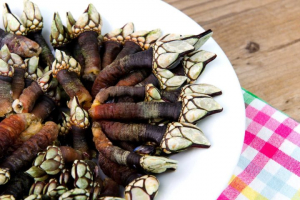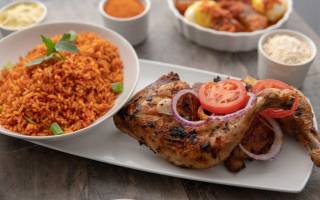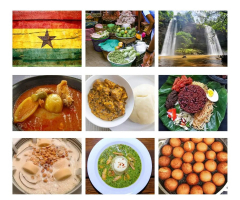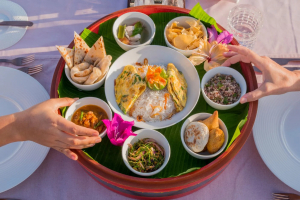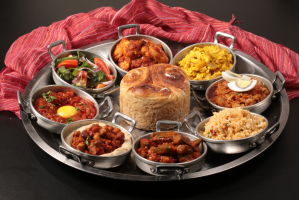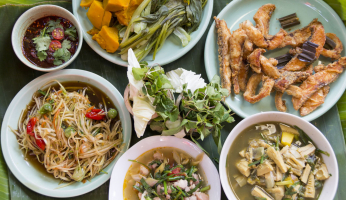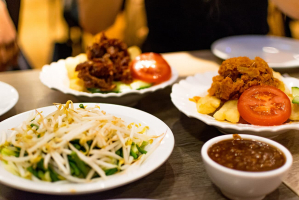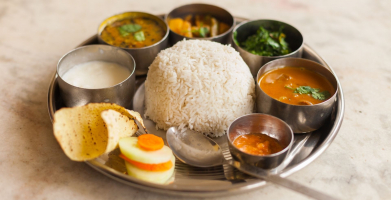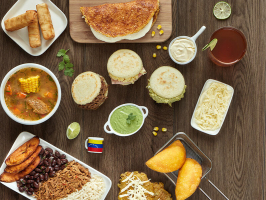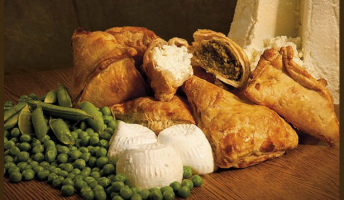Top 6 Côte D'Ivoire's Speciality Foods
Ivorian cuisine combines foods from all of the country's ethnic groups, therefore it differs from area to region. Each major ethnic group has its own set of ... read more...regional culinary specialties. Ivorian food is diverse, typically spicy and rich, and well worth getting to know. Let's take a look at some of the most popular Ivorian Coast delicacies.
-
Attiéké is an Ivorian couscous made from fermented and crushed cassava roots. It is typically served with sliced onions, tomatoes, grilled chicken, or fried fish. This delectable delicacy is enjoyed by people of all ages for breakfast, lunch, and supper, despite the fact that it is usually cooked solely by women.
Attieke is cassava that has been fermented and grated. It's a popular street meal in the West African country of Ivory Coast. Attieke has a similar consistency to couscous, but it has a faint sour taste (as a consequence of fermentation) that you thought to be a lovely, unique flavor not commonly encountered in American cooking! Imagine a gluten-free, grain-free side dish that actually feeds your good gut bacteria!!! You'll be ecstatic every time you discover a new method to consume yuca! This dish is so simple and quick that you can bet it will become a regular evening supper in my family.
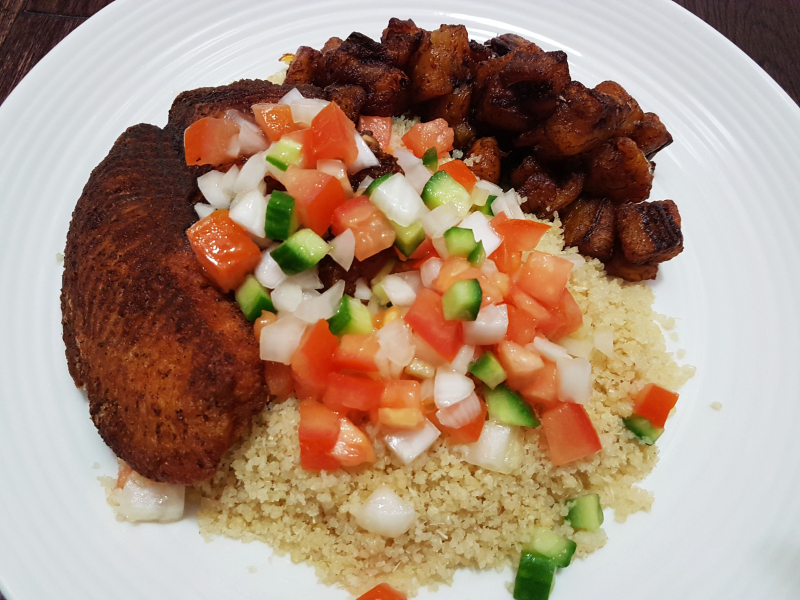
Source: Inspiration with Lois| Lifestyle | Nigeria Source: Yao Raissa -
Kedjenou is a delicious chicken meal that is surprisingly simple to prepare. It is chicken that is basted in its own juice in a "canary," or earthenware jar, over a wood fire. This delectable chicken is a popular dish in Ivory Coast. It is thought to have originated with the Baoulé ethnic group of Ivory Coast. According to numerous accounts, the term kedjenou derives from the Baoulé language and means "to move or shake." While braising the chicken, the pot is often shook so that the chicken or sauce does not adhere to the bottom of the pot.
Kedjenou can be prepared using a variety of meats, including chicken, pig, beef, and even seafood. However, Kedjenou chicken, or Kedjenou de Poulet, is more popular and can be found on the menus of its maquis, which are tiny open-air eateries peculiar to Côte d'Ivoire. Every family's version of this popular stew is unique. What is constant is the spiciness imparted by those adorable tiny hot peppers.
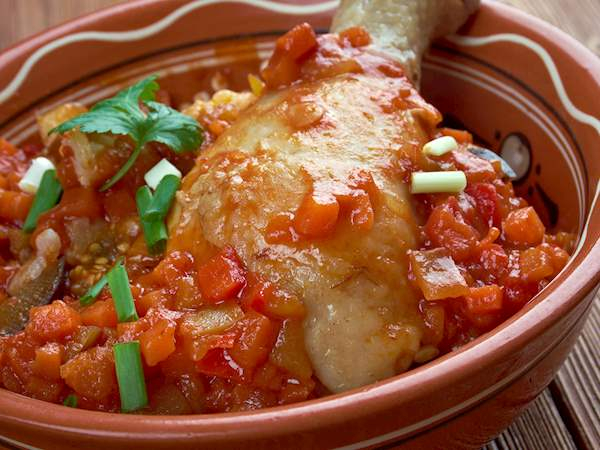
Source: World Food Atlas Source: Kaffy's Kitchen -
Placali is another traditional dish made from fermented cassava bread. It is slowly cooked with water and then placed aside to cool. When served, it will resemble a large dumpling that you pick at with your hands, similar to the foutou. It also has a sour flavor, similar to sourdough bread, and is typically eaten with sauce dishes. This is another something you can only find around noon — look for any local food outlets around midday and you should be able to locate it.
One of the most popular and simple West African soups is okra soup (FetriDessi). It takes a long time to set up. The okra must be cleaned and grated, and the leaves (Gboma or Ogbono) must be rinsed and coarsely sliced. Prepare the meat, smoked or dried fish, and shellfish next. Cooking is quick once the setup is complete. Mutton, cattle, chicken, or pork may all be used to make Okra Soup. Smoked Mackerel, fried tilapia, douevi... are all options for fish. Crab, octopus, crayfish, shrimp, and other crustaceans can be used. Okra is a low-calorie vegetable that is high in fiber, minerals, and vitamins.
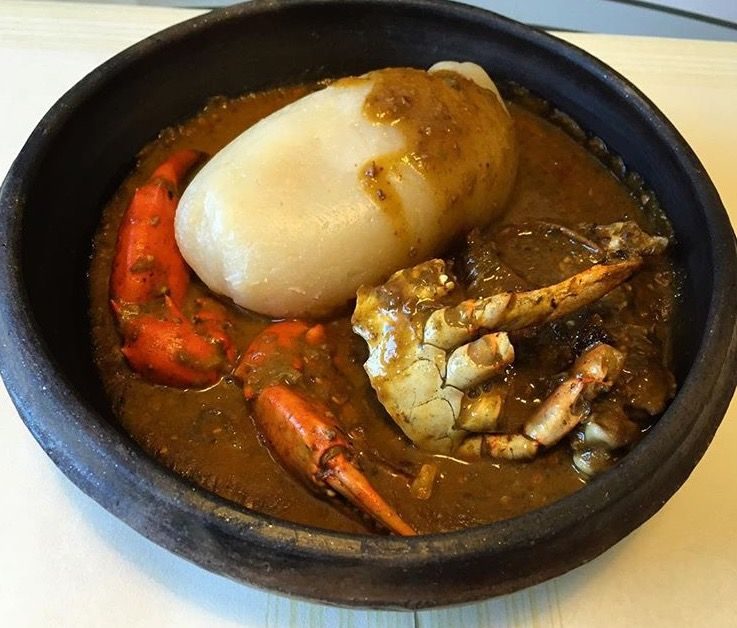
Source: Pinterest Source: African Cooking with Estelle / Cuisine Africaine -
At night, braised chicken is a favorite meal, and you can smell the birds roasting as you stroll about Abidjan after dark.
The chili sauce on the side of the poulet braisé (and many other meals in Cote d'Ivoire) is one of the foods that stands out. I couldn't even touch it since it was the spiciest sauce I'd ever tasted. Those Ivorians appear to consume it by the spoonful. Madness. If you're not a fan of spicy cuisine, don't mistake it for a harmless tomato sauce — it's not!
Aside from that, it tastes like regular grilled chicken - it was simple to buy and inexpensive, averaging around 2,500 CFA ($4 USD) for half a bird.
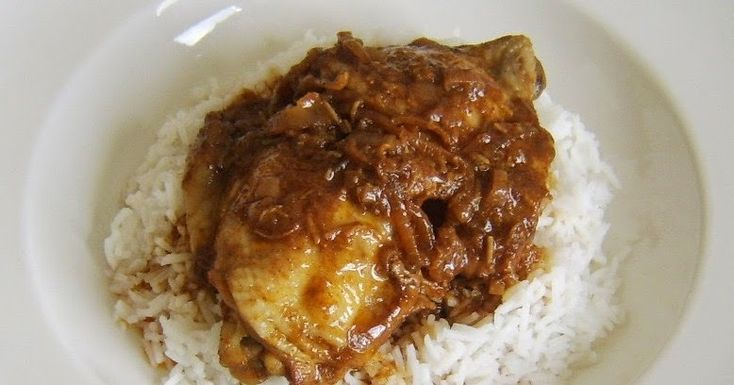
Source: Pinterest Source: BROWN And STRONG IN AFRICA -
The national Garba is the King of Côte d'Ivoire's street food. It is made up of attiéké and deep-fried tuna chunks. You may eat it well-seasoned with tomatoes, sliced onions, and peppers, as well as a dab of fried tuna oil and spice. It is sometimes served wrapped in a banana leaf. Once everything is in place, it is eaten with the hands.
Garba was born in the 1990s. According to legend, a Nigerian named Garba developed the brilliant idea of combining attiéké with red tuna. The dish has the name of the individual who put it together. It was initially marketed in university residence halls and quickly became a huge success due to its low price and excellent consistency. You may feel full all day with about 300 CFA, which is incredibly affordable.
It is now difficult to discuss Ivorian cuisine without mentioning this meal. You must try it at least once if you visit Ivory Coast; you just cannot miss it! You haven't gone to Ivory Coast if you haven't eaten it.
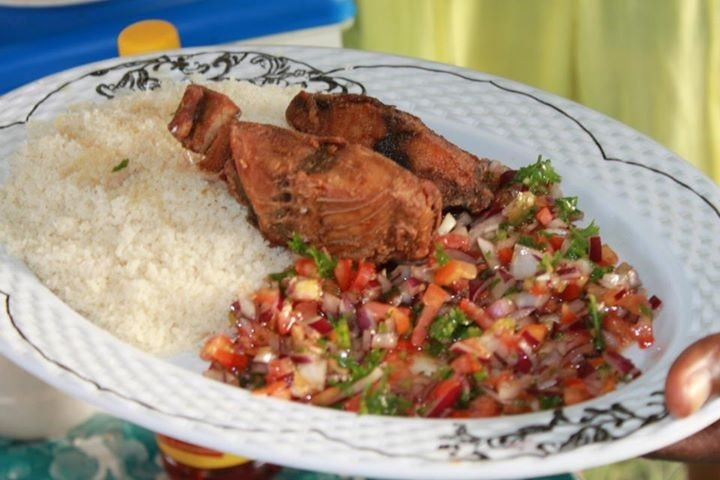
Source: Awalebiz Source: African Cooking with Estelle / Cuisine Africaine -
Change up your normal sauce dishes and give in to the temptation of this beef Sokossoko! This Côte d'Ivoire dish is ideal for everyday enjoyment or surprising your visitors' taste senses on special occasions. This meal is simple to make and yields delicate, aromatic beef.
This meal is wonderful. It's made using beef that's been stir-fried with onions and tomatoes. When they are pressed for time, Ivorians prefer to make it. Indeed, beef sokossoko is a simple meal that is great for a fast lunch break. It is recommended that you serve this beef Sokossoko with steaming white rice, potatoes, or attiéké. The latter is a delectable Ivorian meal prepared with mashed cassava.
To begin, pour the olive oil into a large mixing basin. Add the meat pieces, sprinkle with garlic and beef stock, season with salt and pepper, and set aside for 30 minutes to marinate. Then, heat a big skillet over high heat until it gently smokes, then pour and arrange the pieces of beef in the pan without stirring, allowing them to sear fully over high heat before stirring and browning on each side. After that, chop the tomatoes into pieces, place them in the casserole dish, gently stir, and cook for 15 minutes. Your sokossoko is complete! Remove from the heat and serve immediately with rice or attiéké, if you want.
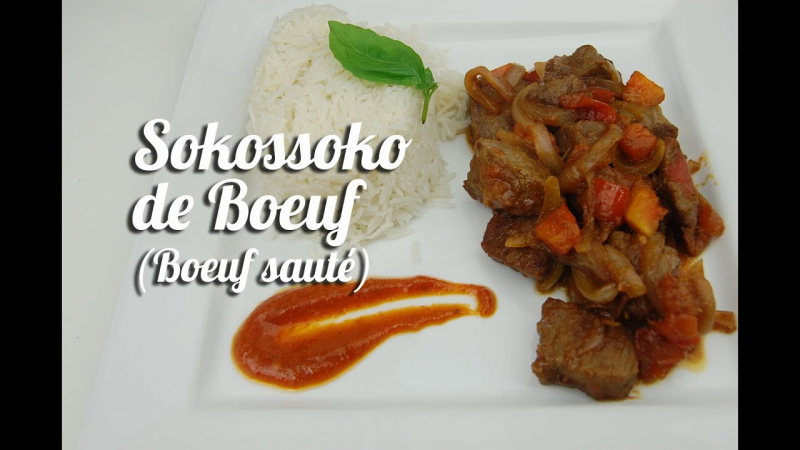
Source: Youtube Source: TCHOP-AFRIK'A Cuisine








